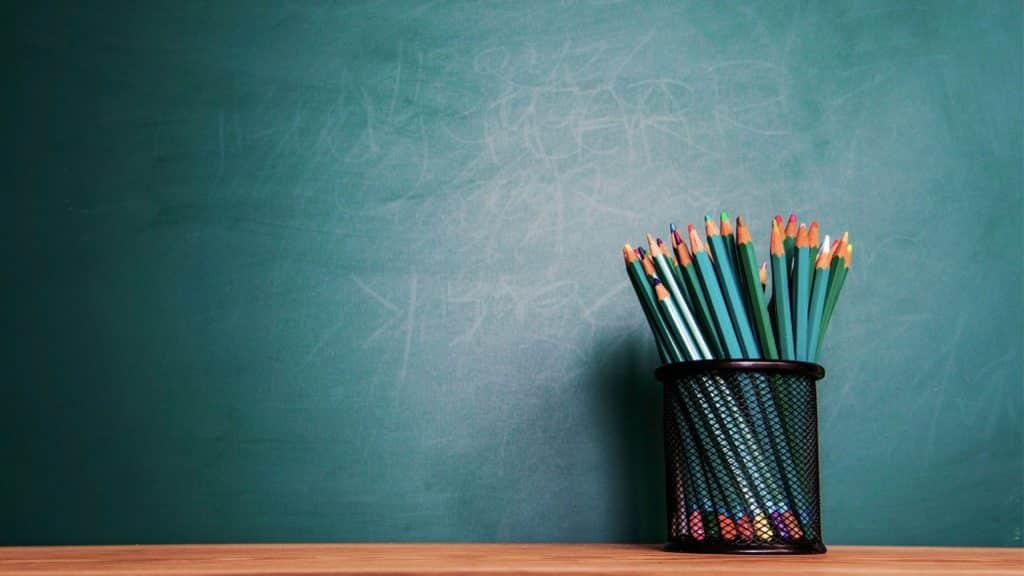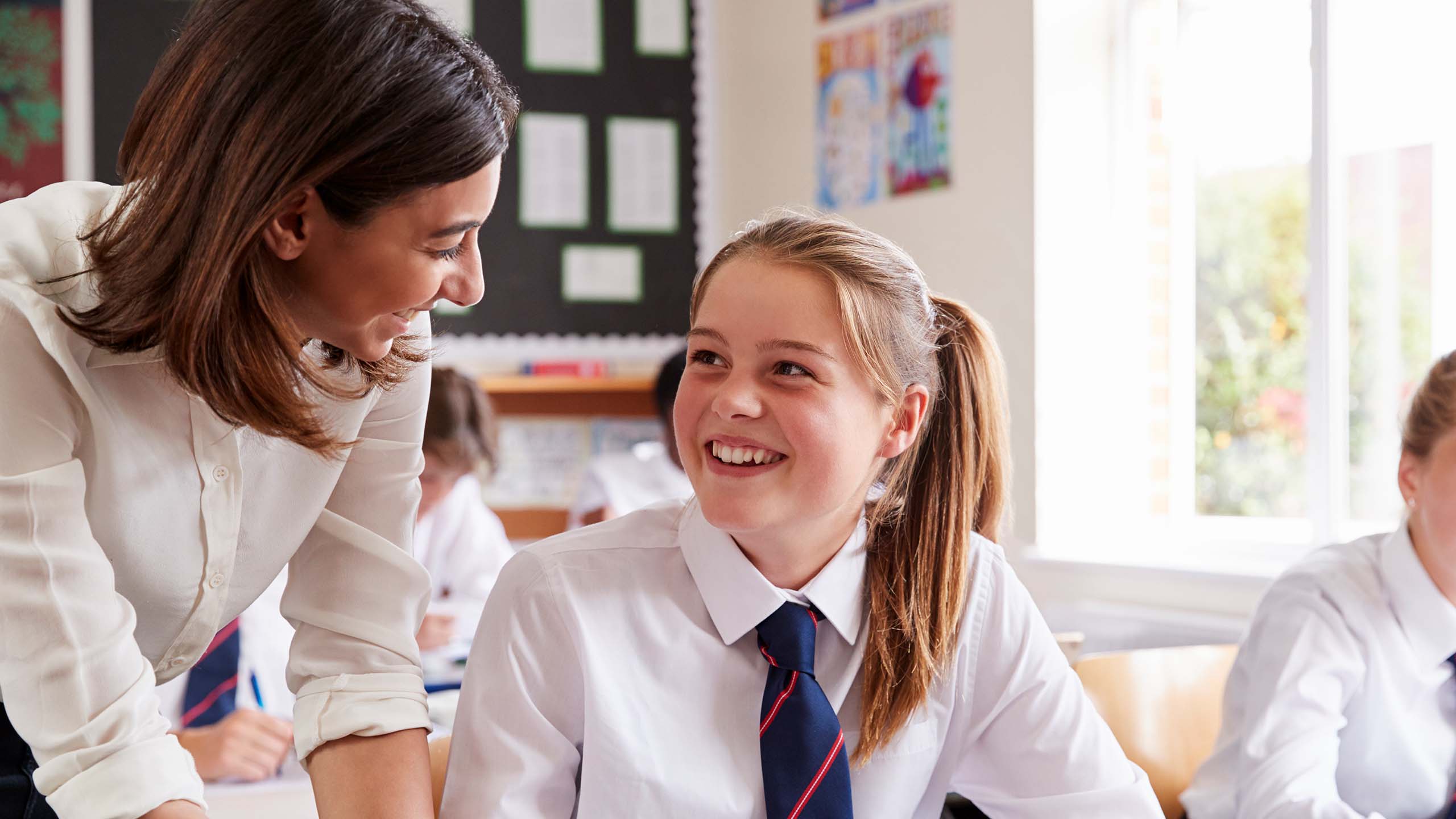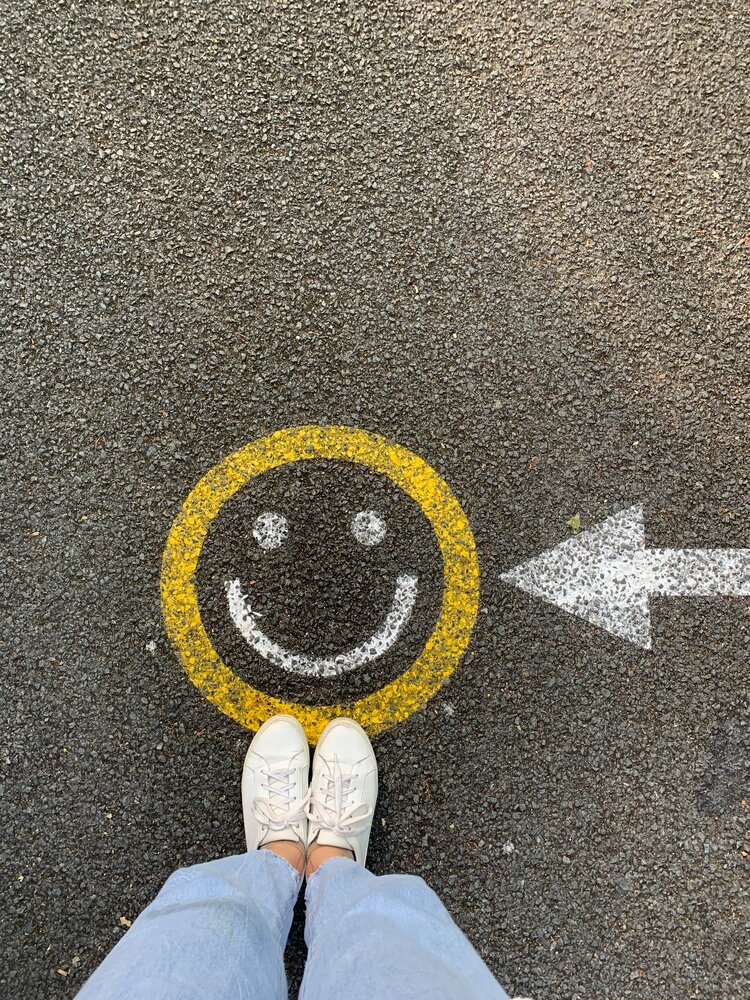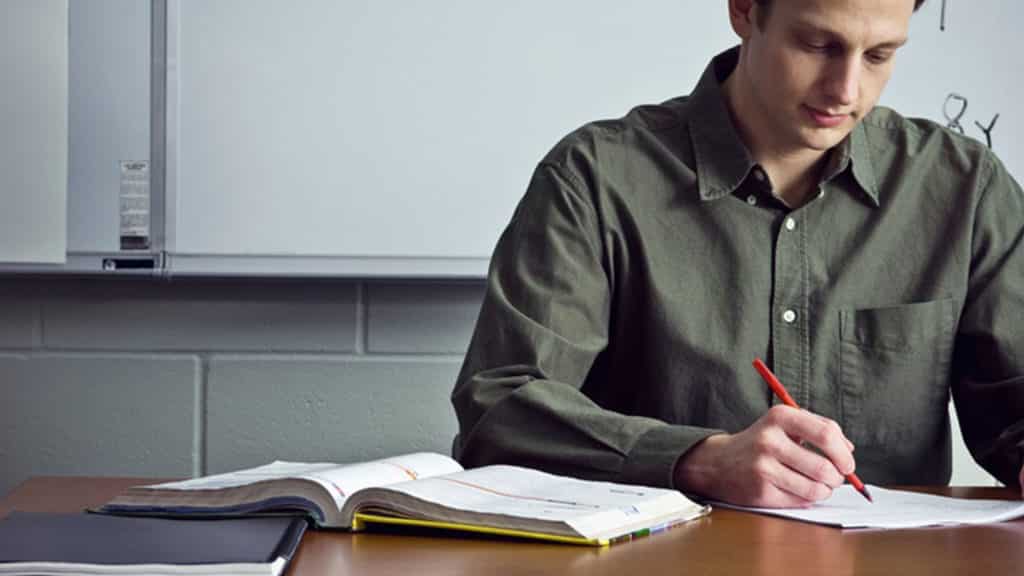Summer School 3 – Get Ready…You are What Your Pupils are Waiting for!

“We in education understand that our naked subjectivity is the only means we have to relate to others….” Brad Olsen, Teaching What they Learn. (2011)
Sitting in my camping field at the end of an uncommonly hot day in Cornwall. Earlier, on a mission to get more gas for the cooker – a tough job on a Sunday in Penzance – I passed a shop advertising ‘Return to School’ clothes and thought again about September and what it means to prepare to teach.
Preparing to Teach…but maybe not quite yet
Preparing to teach is much more than planning a lesson. Preparing to teach means preparing yourself to facilitate learning for hundreds of disparate students over many weeks, months and years.
Last week we thought about how teachers need self-knowledge as much as they need knowledge of students or their subject. If, as a teacher, I don’t know what triggers me, then I am going into my classroom loaded and ready to retaliate rather than respond to ‘mis-behaviour’.

The Lesson Aim? Get out of there as quickly as possible
Although the lesson aim that was written on the board might be something to do with understanding Shakespeare, or molecular structures or quadratic equations, the real aim of the lesson for me and many teachers I have subsequently met was to get the lesson over with as quickly as possible and survive as emotionally unscathed as feasible.
Some might wonder why these teachers went into teaching in the first place, given this level of anxiety. But that question would imply that this behaviour isn’t common or that anxiety in a classroom is only experienced by a few teachers and that only emotionally robust individuals find their way into teaching.
A survey produced by the UK government into work related stress carried out in 2017 found that those who work in public services – education and health – are at the top of the tree in terms of levels of stress. This same survey put the percentage of days taken off sick due to stress related illness at 49%!
[1] Yougov.uk Health and Safety Executive 2017

Teachers Need Clear Heads
Teachers minds need to be as clear as they can be. They need to be as free as they can be of any emotional obstructions that might get in the way of the work they do. Their emotional yardstick needs to be as accurate as it can be, not made too short nor too long by misperceptions of what is really going on in any classroom.
Roberts also points out that many people who go into public service are often those who have a belief that they can or will ‘make a difference’. What is on offer is a sense of their internal power to help and transform others. If teachers and other carers are successful then they can get, as a reward, a tremendous sense of validation and as a consequence, well-being.
However, schools and hospitals are places where employees meet individuals who, in some way or other, are not coping. Teachers struggle with these individuals, they feel that they are not good enough to help them. This is a devaluing experience. In these cases, the feeling is reversed. This can only add to the difficulties with self-esteem and one’s enthusiasm for the next day or the next lesson .
Yet, too often, the expectation is that teachers innately pick themselves up and get on with it. And, in my experience this is true, they do. The dominant narrative seems to be that emotional issues are to be denied or located only in the individual. If you can’t stand the heat and all that. But at what cost?
Releasing the Power of Thoughfulness
Anne Dartington, an organisational psychologist working with public service institutions points out that it is not only the potential and actual loss of staff that is the end result of remaining ignorant of internal processes. It is also a lost opportunity to create thriving, natural learning environments.
She writes, “If we continue to behave as if the emotionality in the workplace is best managed by denial…then we will continue to inhibit the functioning of society’s humane institutions, and continue to squander the potential thoughtfulness of those that work within them. ”
The ‘potential thoughtfulness’ here refers not only to being kind and caring as in being ‘thoughtful’ but also refers to the act of being able to think about issues in an open and clear way, bringing got mind not only the rational but also the emotional constraints in play. To exclude such thoughtfulness constricts imagination and thinking and narrows the possibility for creative solutions. Institutions where anxiety is high and yet denied or treated as something that cannot be addressed or thought about as part of the everyday currency of the organisation become like classrooms where the teacher has failed to contain her students. As students might, staff begin to act out in order to get attention. Anxiety comes out ‘sideways’ through complaints about management (the teacher) or complaints about the task itself – as in ‘this job is too hard’(Maths is too hard). Thinking becomes secondary because the unknown is too threatening and the ability of the institution to learn, develop and foster growth becomes capped by the primacy of survival.
Education Psychologist, Deborah Britzman writes that “Teacher educators do not feel comfortable with the emotional lives of their students.” It may be that this discomfort speaks to the idea that emotional worlds are not easily tamed by our methods, our rules, or even our assignments. The discomfort may arise because the other’s emotion can render the self [feeling] helpless and emotional. And yet, we are left with a question: How can any teacher educator “know thyself” if she or he eschews the very qualities that are required to even notice how one is affected in the world of discourse and in the world of others?”

Education is not the Action of One Person on Another
As long as I have been teaching, the dominant cultural narrative – the story that the education of young people considers a ‘truth’ is that teaching is something that is acted on one person by another; the teacher enacts teaching on the student. The narrative is focussed entirely on the future of the students and excludes the development of the teacher as a person, not just a ‘profession’. He goes on, “…this externally focused approach tends to assume that the teacher is already self-actualized, already emotionally and affectively prepared to assume the teacher identity, with few personal challenges left to face…this assumption is rarely accurate.”
One of the most useful concepts I learned in teacher training was that of the “Teacher Persona”. The teacher persona, is the persona that teachers develop in the classroom, the ‘person’ that they become in order to teach. In all the years I have been in teaching, and all of the CPD sessions I have attended, the notion of the teacher persona has never been mentioned again. It is as though we know that there needs to be a development in our identities in order to rise to the challenge of the classroom but are lost when it comes to providing a useful framework to help build it.
A good place to start, and still a radical departure from the dominant values I have experienced in UK schools, is just to think of how we, as individuals, show up in the classroom. What of our personalities are helpful and what are not so helpful. “Our naked subjectivity” is all we have “to relate to others…”.
Making Sense of Your Experiences
Suzette Boon talks about what she calls ‘The Phobia on Inner Experiences’.(2011)
To paraphrase, she says that everyone has internal experiences; some are more congruent with who you want to be, others less so. Some are more comfortable, others are not. Some are more under your control, others occur spontaneously. Everyone gets angry, feels afraid, ashamed or incompetent at times. She goes on to say that if you can tolerate those feelings you can sit back and understand a bit more about them and so what to do about them. Otherwise you remain a captive of your inner experience, with it in control of you”
Take Time to Parent Yourself
Teachers are asked to be ‘reflective practitioners’ but they are rarely asked to reflect meaningfully on what is happening in their inner experience in the classroom. They may be asked to consider how a dyslexic child may respond to the material they are presented with or how a child on the autistic spectrum may struggle with certain aspects of learning but we are never really asked to consider the ‘inner’ life of ourselves and the children we teach. It is as though the inner life is something only to be feared, cordoned off, preceded with a red warning flag.
Yet it is very important that teachers learn to reflect meaningfully on this realm. What we do for ourselves when we reflect is to develop and provide a place of warmth safety for our inner selves.

Reflective Functioning
Reflection, the ability to consider and make sense of our inner experiences, is an essential skill. The ability to understand our own reactions rather than just being in the middle of them helps us understand the nature of feelings, our patterns of thoughts, our emotional reactions and our habitual movements so that we can change them and act in ways that are more effective. Reflection also helps us understand that other people have their own minds, needs and goals which may involve quite different perceptions to our own.
Reflective functioning is a learned skill. It helps babies be curious about their mind and how it works and to make sense of our experiences. In a classroom, a teacher helps students do the same thing. A teacher helps students reflect and make sense. Making time for personal reflection is way of parenting yourself and making sense of yourself as the person you are so that you can make choices about the person you might want to be.
Next Week
Next week in we’ll look more specifically at some of the defence mechanisms teachers face when students feel uncertain and ways of decoding them as messages of hope.
I think it’s about to rain. Time to zip up for the night! Enjoy the rest of your holiday.







Responses